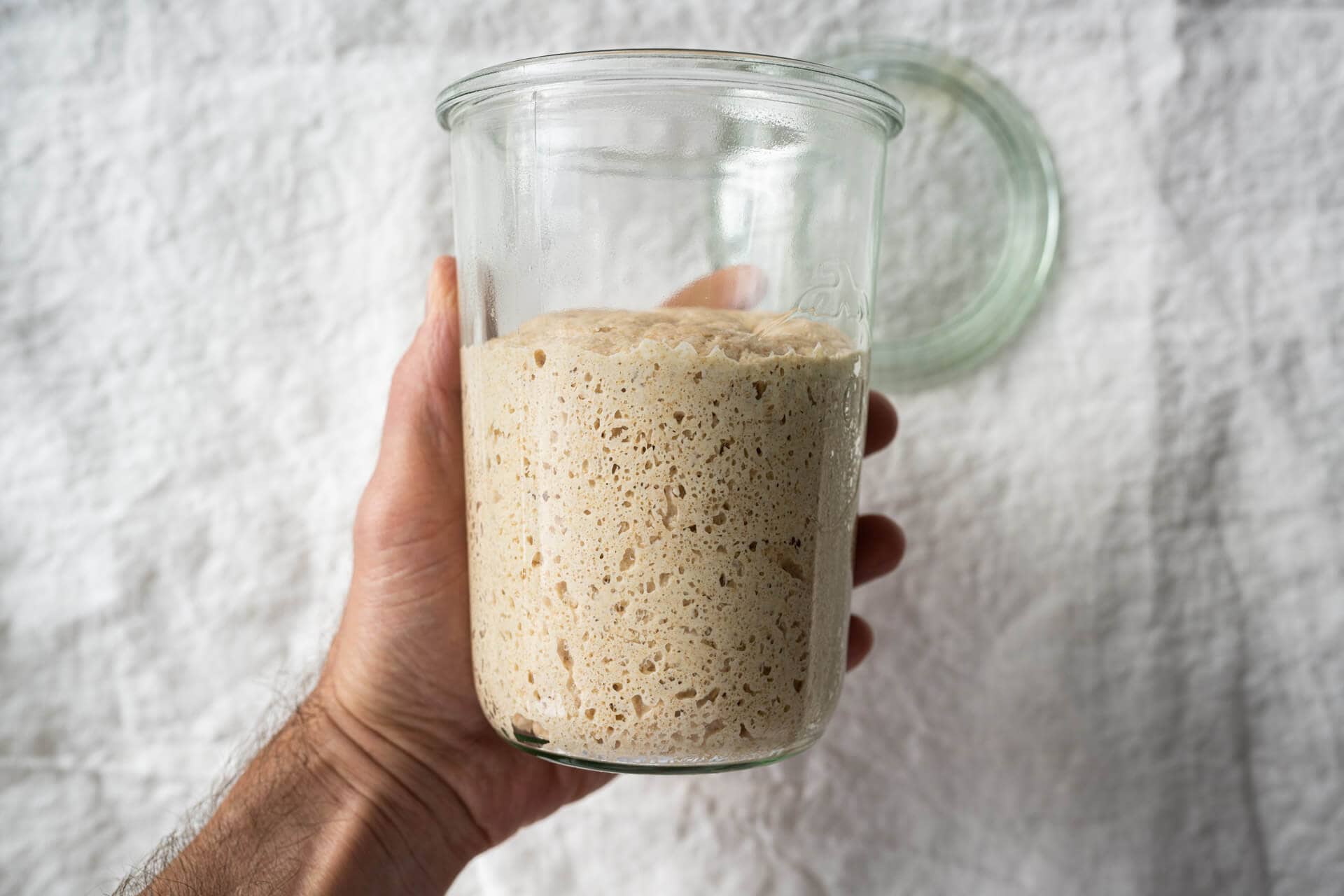

Articles
How To Store Discarded Sourdough Starter
Modified: February 23, 2024
Discover the best methods for storing discarded sourdough starter in this informative article. Keep your sourdough culture fresh and ready for future baking adventures.
(Many of the links in this article redirect to a specific reviewed product. Your purchase of these products through affiliate links helps to generate commission for Storables.com, at no extra cost. Learn more)
Introduction
When it comes to making delicious and tangy sourdough bread, maintaining a sourdough starter is essential. Sourdough starter is a mixture of flour and water that has been fermented by wild yeast and beneficial bacteria. As the starter is fed and nurtured, it becomes alive and active, contributing to the unique flavor, texture, and rise of sourdough bread.
However, as you continue to feed your sourdough starter, there comes a point where you may need to discard a portion of it. This discard can accumulate over time, leading to waste if not properly managed. Fortunately, you can store discarded sourdough starter to extend its usability and reduce waste in your baking routine.
In this article, we will explore the different aspects of storing discarded sourdough starter, including the reasons behind storing it, the choice of storage containers, proper storage methods, and tips for successful storage and reviving.
By understanding how to store discarded sourdough starter, you can ensure that you never have to waste any of this precious ingredient, and always have a backup on hand for your baking adventures.
Key Takeaways:
- Reduce waste and always have a backup by storing discarded sourdough starter in airtight containers. Extend its freshness in the refrigerator for short-term use or freeze it for long-term preservation.
- Revive stored discarded sourdough starter by feeding, fermenting, and refreshing. Experiment with ratios and share with fellow bakers to explore the diverse world of sourdough baking.
Read more: How To Store Sourdough Discard
Understanding Discarded Sourdough Starter
Before we delve into the storage methods, it’s important to understand why sourdough starter needs to be discarded. Over time, a sourdough starter can accumulate too much acidity and waste products from fermentation, which can affect the strength and performance of the starter.
Discarding a portion of the starter helps to maintain its balance by removing the excess acidity and waste. This process is often necessary before refreshing or feeding the starter to ensure its health and, ultimately, the quality of your baked goods.
When you discard a portion of your sourdough starter, it is common to see a layer of liquid on top. This liquid is called “hooch” and is a byproduct of fermentation. While it may appear unappealing, it is a natural occurrence and can be easily stirred back into the starter before use.
It’s worth noting that discarded sourdough starter can still be used in various recipes, such as pancakes, waffles, crackers, and even some types of bread. However, if you don’t have immediate plans to use the discard, storing it properly will ensure that it remains usable for an extended period.
Now that we have a clear understanding of why sourdough starter needs to be discarded, let’s explore the different storage methods to preserve its viability and freshness.
Why Store Discarded Sourdough Starter?
You might be wondering, why not just throw away the discarded sourdough starter? Well, there are a few reasons why storing it is a better option:
- Reducing Waste: By storing and utilizing discarded sourdough starter, you can minimize food waste and make the most out of your ingredients. Instead of throwing away perfectly good starter, you can repurpose it in other recipes or share it with friends.
- Backup Supply: Storing discarded sourdough starter allows you to have a backup supply on hand. If something goes wrong with your active starter, or if you accidentally discard too much of it, having stored starter can be a lifesaver. It ensures that you always have a reliable source to start fresh with your baking.
- New Experiments: Discarded sourdough starter can be a great starting point for creative culinary experiments. From pancakes to crackers, incorporating the discard into different recipes can add unique flavors and textures. Storing it provides opportunities for culinary exploration and expanding your sourdough repertoire.
- Cost Savings: Storing discarded sourdough starter can save you money in the long run. Instead of constantly starting from scratch or purchasing commercial yeast, you can rely on your stored starter as a natural and cost-effective leavening agent.
By understanding the benefits of storing discarded sourdough starter, you can see how it not only helps to reduce waste but also provides convenience, creativity, and cost savings in your baking endeavors.
Choosing the Right Storage Container
When it comes to storing discarded sourdough starter, selecting the right container is crucial to maintain its freshness and prevent contamination. Here are a few factors to consider when choosing a storage container:
- Airtightness: Opt for containers that provide airtight seals to minimize exposure to air and moisture. This helps to preserve the integrity of the starter and prevent it from drying out or absorbing unwanted odors.
- Material: Look for containers made of food-grade materials, such as glass or plastic, that are non-reactive and safe for storing food. Avoid containers made of metal, as they can react with the acidic nature of the starter.
- Size and Shape: Choose a container that can accommodate the amount of discarded starter you plan to store. It’s also beneficial to select a container with straight sides, as it makes it easier to remove and portion the starter when needed.
- Transparency: Consider using transparent or translucent containers, as they allow you to easily monitor the starter’s condition without having to open the container frequently.
- Ease of Cleaning: Look for containers that are easy to clean and have removable lids or covers. This makes it convenient to thoroughly clean and sanitize the container between uses.
It’s worth mentioning that there are specific containers designed specifically for sourdough starter, such as crocks or ceramic jars with built-in airlocks. These containers provide additional benefits like better temperature control and gas release, which can enhance the starter’s fermentation process. However, they are not necessary for storing discarded starter and can be cost-prohibitive for some individuals.
Ultimately, the choice of storage container depends on your preferences and budget. As long as the container is airtight, food-grade, and easily cleaned, it will be suitable for storing discarded sourdough starter.
Properly Storing Discarded Sourdough Starter
Now that you have chosen the right storage container, let’s discuss the proper methods for storing discarded sourdough starter to ensure its longevity and usability.
The key to proper storage is keeping the discarded starter in a dormant state, which slows down the fermentation process and preserves its vitality. Here are the steps to properly store discarded sourdough starter:
- Feed and Discard: Before storing the sourdough starter, make sure to feed it as you normally would. This replenishes the starter with fresh flour and water and ensures its health and vigor. After feeding, discard a portion of the starter according to your recipe or desired quantity.
- Transfer to Storage Container: Transfer the discarded sourdough starter into the chosen storage container. Use a spatula or spoon to scrape the sides of the jar and ensure all the starter is transferred.
- Smooth the Surface: Level the surface of the discarded starter in the container to create an even layer. This helps to minimize air pockets and prevents the growth of mold or unwanted bacteria.
- Seal the Container: Close the container tightly with an airtight lid or cover. Ensure that the seal is secure to prevent air and moisture from entering.
- Label and Date: It’s important to label the container with the date when the discarded starter was stored. This allows you to keep track of its freshness and usage timeline.
Once the discarded sourdough starter is properly stored, you have a couple of options for long-term preservation – storing it in the refrigerator or freezing it.
Storing in the refrigerator is suitable for short-term storage, typically lasting up to a week or two. It slows down the fermentation process and allows the starter to maintain its viability without requiring frequent feeding. On the other hand, freezing the discarded starter can extend its freshness for several months or even up to a year. This method completely stops the fermentation process and minimizes any potential degradation of the starter.
In the next sections, we will discuss the steps for storing discarded sourdough starter in the refrigerator and freezing it, as well as the process of reviving and using the stored starter.
Store discarded sourdough starter in a sealed container in the refrigerator for up to a week. You can also freeze it for longer storage. Just thaw and feed before using.
Read more: How To Store Sourdough Discard In The Fridge
Storing Discarded Sourdough Starter in the Refrigerator
Storing discarded sourdough starter in the refrigerator is a popular method for short-term storage, usually lasting up to a week or two. This method allows the starter to maintain its vitality while slowing down the fermentation process. Here’s how to store discarded sourdough starter in the refrigerator:
- Ensure Proper Container: Make sure the container with the discarded starter is airtight and well-sealed. This prevents any air and moisture from entering and affecting the starter’s quality.
- Place in the Refrigerator: Find a spot in your refrigerator with a consistent temperature, ideally around 40°F (4°C). Avoid placing the container near strong-smelling foods to prevent any odor absorption.
- Label and Date: Remember to label the container with the date when you stored the discarded starter. This helps you keep track of its freshness and usage timeline.
While in the refrigerator, the discarded sourdough starter will develop a layer of hooch – a liquid byproduct of fermentation. This is normal and can be stirred back into the starter before using it in recipes.
It’s important to note that the longer the starter stays in the refrigerator, the more it will lose its fermentation power and potency. Therefore, if you plan to store it for an extended period, it’s recommended to refresh and feed the starter regularly to prevent any decline in its activity.
Now that you know how to store discarded sourdough starter in the refrigerator, let’s explore the process of freezing it for long-term storage.
Freezing Discarded Sourdough Starter
Freezing discarded sourdough starter is a great option for long-term storage, allowing you to preserve its freshness and viability for several months or even up to a year. Freezing completely halts the fermentation process, ensuring that the starter remains in a dormant state. Here’s how to freeze discarded sourdough starter:
- Prepare the Starter: Before freezing, make sure to feed the discarded starter as you normally would. This provides it with fresh flour and water, ensuring its health and vitality.
- Portion the Starter: Divide the starter into small portions, depending on your future baking needs. It’s recommended to freeze the portions in quantities that you typically use for your recipes (e.g., 50 grams, 100 grams).
- Wrap and Seal: Wrap each portion of the starter tightly in plastic wrap or place it in a small airtight freezer bag. Make sure to press out any excess air before sealing to prevent freezer burn.
- Label and Date: Clearly label each wrapped portion with the date of freezing. This will help you keep track of the starter’s freshness and usage timeline.
- Freeze: Place the wrapped or bagged portions of the discarded starter in the freezer. It’s best to keep them in a flat position to maximize freezer space and make it easier to stack and organize.
When you are ready to use the frozen discarded sourdough starter, simply remove the desired portion from the freezer and allow it to thaw in the refrigerator overnight. Once thawed, you can refresh and feed the starter as you would with regular sourdough starter before incorporating it into your recipes.
It’s important to note that frozen discarded sourdough starter may lose some of its fermentation strength over time. To maintain its vitality, it is recommended to refresh and feed the starter regularly, even while it’s in the freezer. This helps to keep the yeast and bacteria active and ensures optimal performance when you are ready to use it again.
With the proper freezing method, you can confidently store your discarded sourdough starter for an extended period, knowing that it will be ready and waiting for your next baking adventure.
Reviving Stored Discarded Sourdough Starter
Reviving stored discarded sourdough starter is a straightforward process that brings it back to its active and bubbly state, ready for use in your sourdough recipes. Whether you’ve stored it in the refrigerator or freezer, here’s how to revive your stored discarded sourdough starter:
- Thaw the Frozen Starter (if applicable): If you have frozen the discarded starter, remove the desired portion from the freezer and allow it to thaw in the refrigerator overnight. Make sure it is completely thawed before proceeding with the revival process.
- Transfer the Starter: Transfer the stored discarded sourdough starter to a clean bowl or jar. Using a spatula or spoon, scrape down the sides of the container to make sure you get all the starter.
- Feed the Starter: Depending on the amount of starter you have, add equal parts of flour and water based on your desired feeding ratio. For example, if you have 100 grams of starter, add 100 grams each of flour and water. Mix well until the flour and water are fully incorporated into the starter.
- Let it Ferment: Cover the bowl or jar loosely with a clean cloth or plastic wrap to allow for gas exchange. Place it at room temperature, ideally between 70-80°F (21-27°C). Let the starter ferment for 6-8 hours, or until it becomes active and bubbly. During this time, the yeast and bacteria in the starter will reawaken and begin to multiply.
- Refresh and Repeat: After the initial fermentation, refresh the starter by discarding a portion and feeding it again using the same feeding ratio. Repeat this process every 12-24 hours, discarding and refreshing, for a few days until your starter is strong, active, and ready to use.
It’s important to note that the revival process may vary depending on the condition of your stored starter and the temperature of your environment. Be patient and observe your starter closely to ensure it is reviving properly. If there are any off smells or signs of mold, it’s best to discard the starter and start fresh.
Once your revived discarded sourdough starter is active and bubbly, you can use it in your sourdough recipes as you would with a freshly-fed starter. Remember to reserve a portion for future use and continue to feed and maintain your starter regularly to keep it healthy and vibrant.
By following these steps, you can successfully bring your stored discarded sourdough starter back to life, ensuring that you never waste a precious ingredient and always have a reliable source of sourdough goodness at your fingertips.
Tips for Successful Storage and Reviving
Storing and reviving discarded sourdough starter requires some attention to detail and proper care. To ensure success, here are some tips to keep in mind:
- Maintain a Feeding Schedule: Even when storing the discarded starter in the refrigerator or freezer, it’s important to periodically refresh and feed it. This helps to keep the yeast and bacteria active and maintains the vitality of the starter.
- Label and Date: Always label your storage containers with the date of storage and use them in a first-in, first-out manner. This ensures that you are using the oldest starter first and helps you keep track of the freshness of your stored discard.
- Use Quality Ingredients: When feeding your stored discarded starter, use high-quality flour and filtered or non-chlorinated water. These ingredients can have a direct impact on the health and performance of the starter.
- Observe the Smell and Appearance: Regularly check your stored and revived starter for any off smells, unusual colors, or signs of mold. If you notice anything abnormal, discard the starter and start over with a fresh batch.
- Temperature Considerations: Pay attention to the ambient temperature when storing and reviving the discarded starter. Keep it in a warm spot (70-80°F or 21-27°C) during the revival process to encourage fermentation and growth.
- Experiment with Ratios: Adjusting the feeding ratio of flour to water can affect the activity and consistency of your sourdough starter. Experiment with different ratios to find the balance that works best for your preferred sourdough baking.
- Share or Exchange Starter: If you find that you have an abundance of stored discarded starter, consider sharing it with fellow bakers or exchanging it for different strains of sourdough starter. This promotes community and allows you to diversify your baking possibilities.
By following these tips, you can ensure the successful storage and revival of your discarded sourdough starter. Remember to be patient and observant throughout the process, and don’t be afraid to experiment and explore the wonderful world of sourdough baking.
Read more: How To Store Sourdough Starter
Conclusion
Properly storing and reviving discarded sourdough starter is not only a practical solution to reduce waste but also a way to ensure that you always have a reliable source of this essential ingredient for your sourdough baking adventures. Whether you choose to store the discard in the refrigerator or freezer, the key is to maintain its vitality and freshness for future use.
By understanding the reasons behind storing discarded sourdough starter, choosing the right storage container, and following the proper storage methods, you can extend the usability of your discard and minimize food waste in your baking routine. Whether you’re reducing waste, creating backup supplies, or exploring creative culinary experiments, storing discarded sourdough starter allows you to make the most of this precious ingredient.
When it’s time to revive your stored discard, remember to follow the steps carefully, ensuring that the starter is refreshed, fed, and given time to ferment and become active again. By maintaining a feeding schedule, labeling and dating your storage containers, and observing the smell and appearance of your starter, you can successfully bring it back to life and incorporate it into your sourdough recipes.
Lastly, don’t hesitate to experiment, share, and exchange your stored starter with other baking enthusiasts. Sourdough baking is a journey of discovery, and every batch of sourdough starter has its own unique characteristics and flavors.
So, the next time you find yourself with excess discard, don’t throw it away. Store it properly, revive it when needed, and let your creativity flow in the world of sourdough baking. With these techniques and tips, you can truly embrace the art of sourdough and enjoy the delicious rewards of your efforts.
Frequently Asked Questions about How To Store Discarded Sourdough Starter
Was this page helpful?
At Storables.com, we guarantee accurate and reliable information. Our content, validated by Expert Board Contributors, is crafted following stringent Editorial Policies. We're committed to providing you with well-researched, expert-backed insights for all your informational needs.
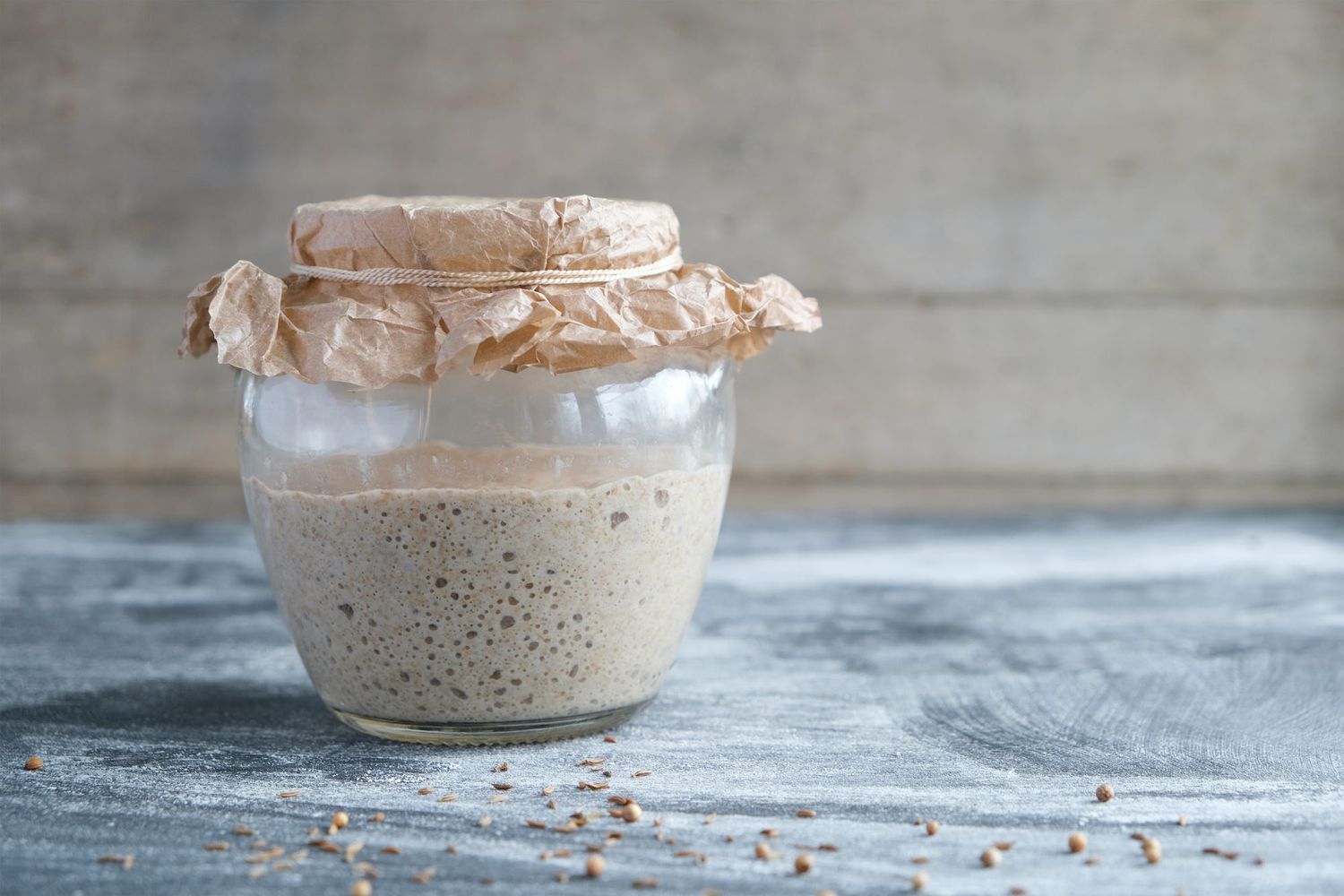
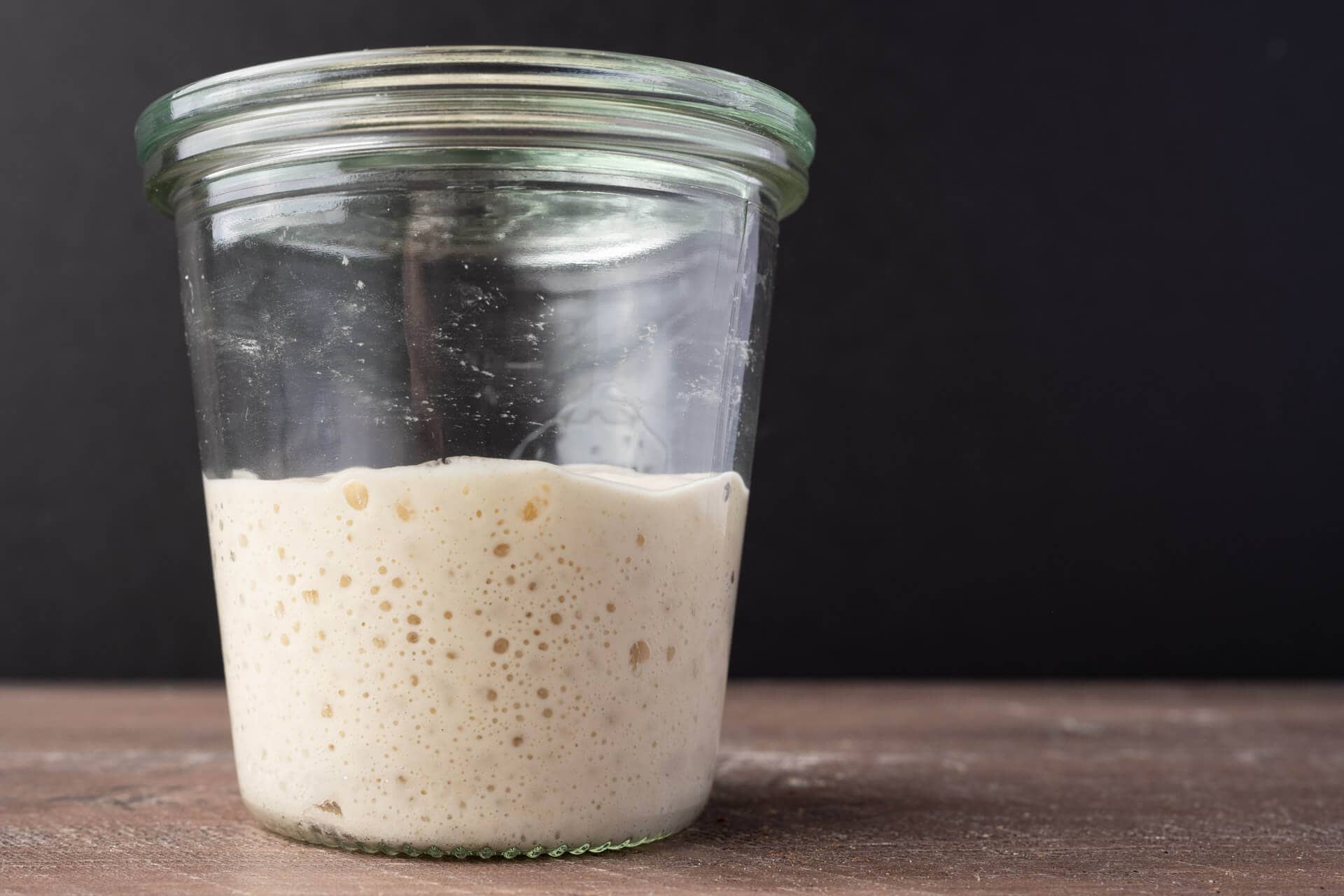
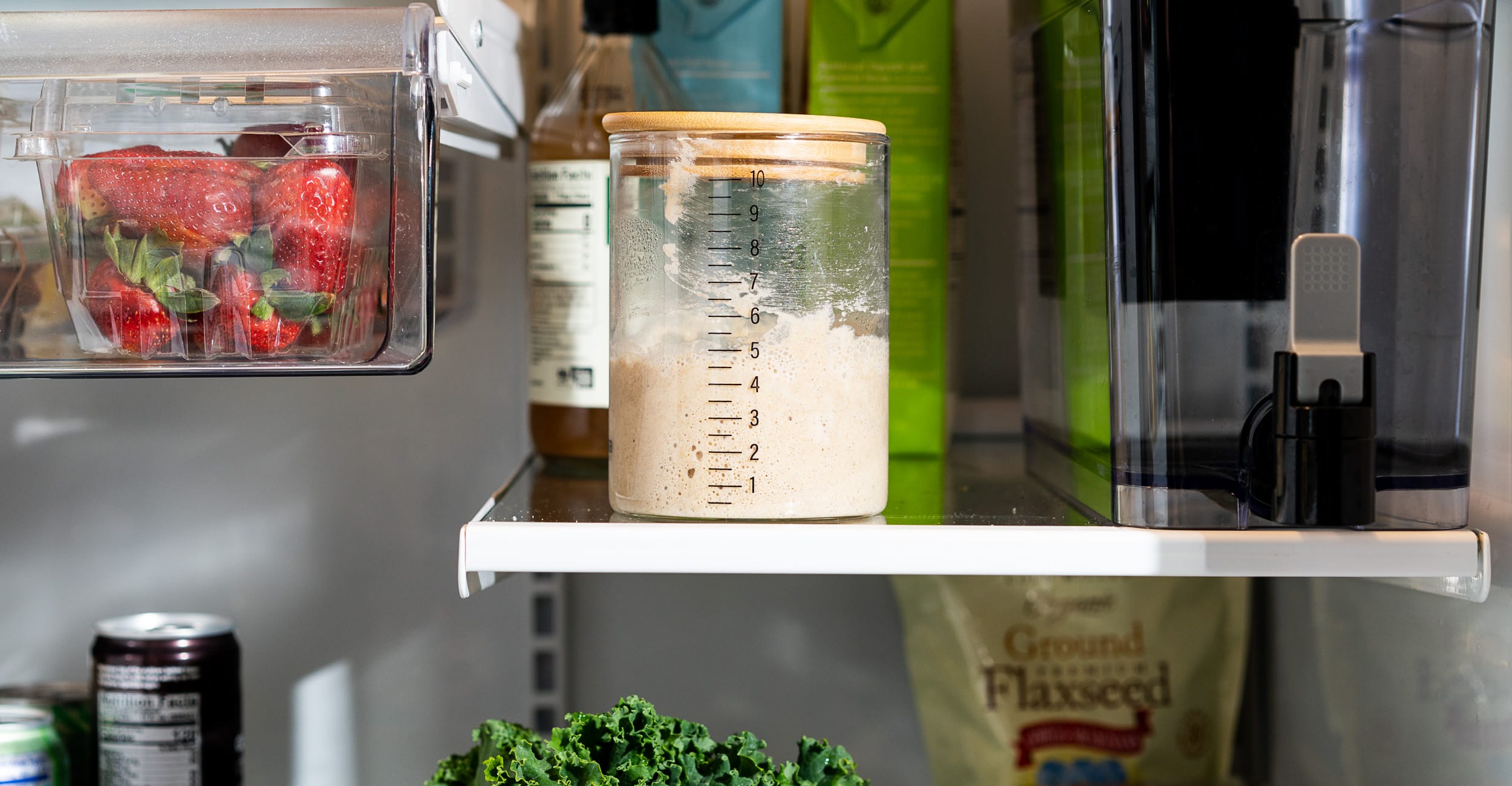
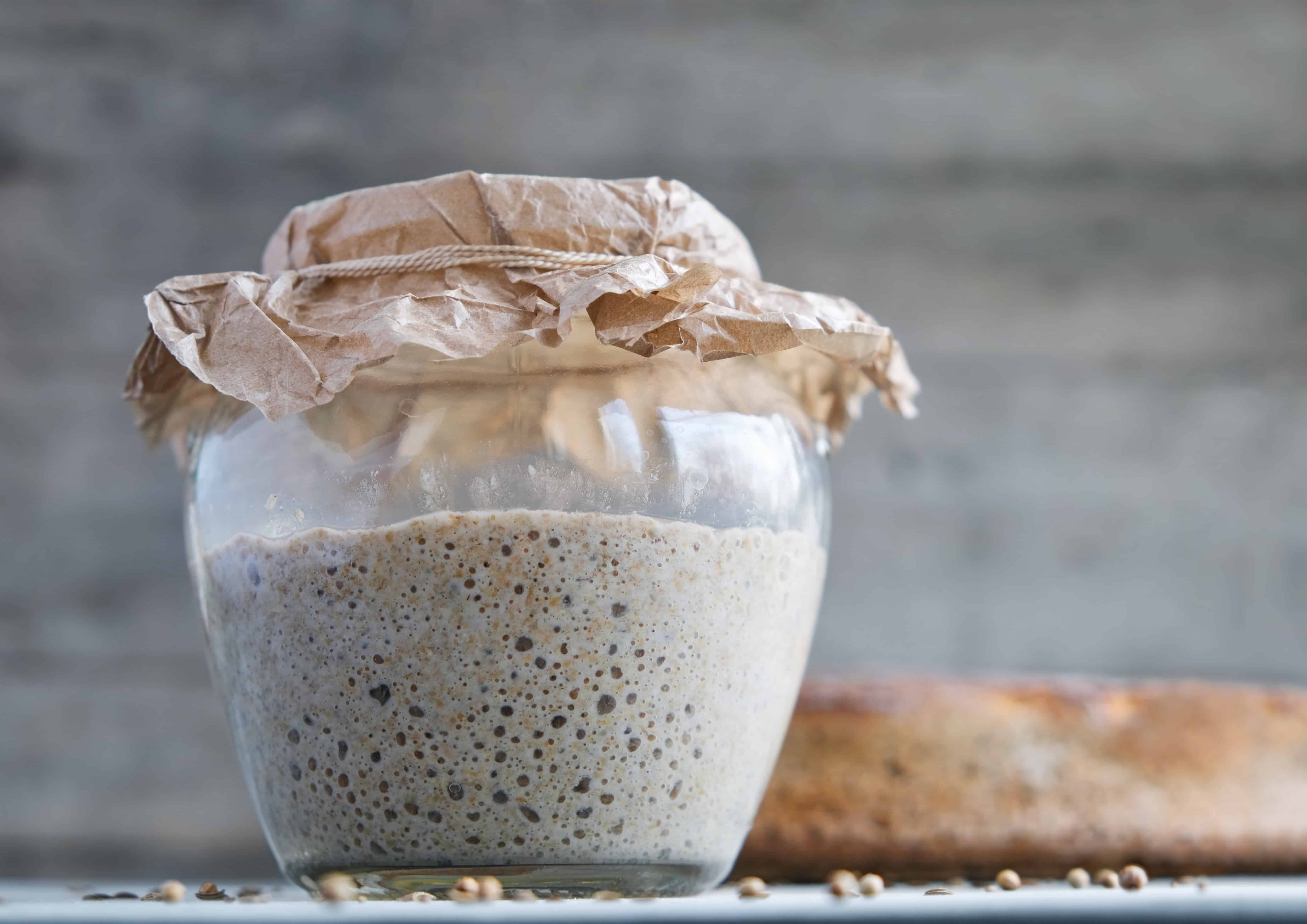

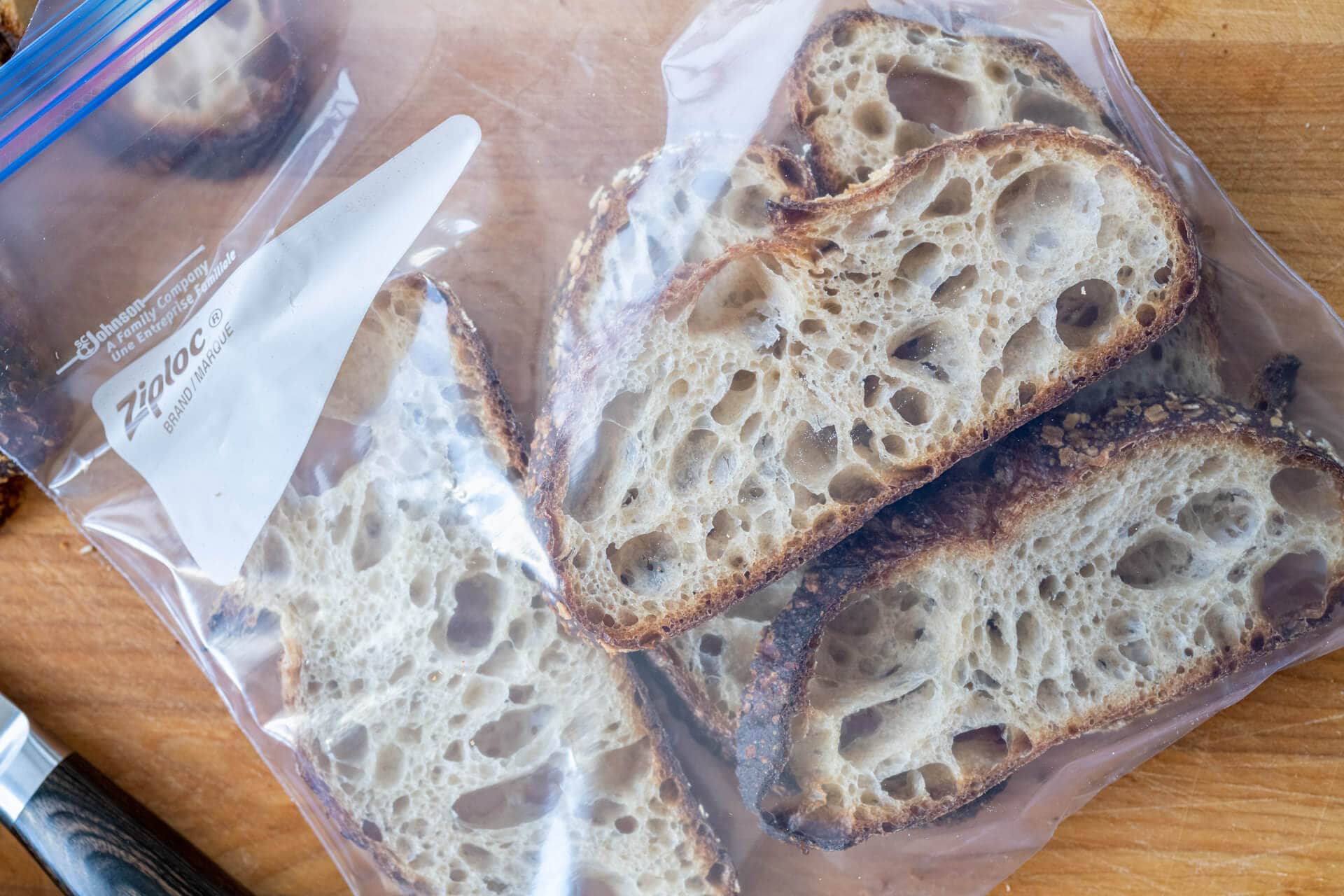
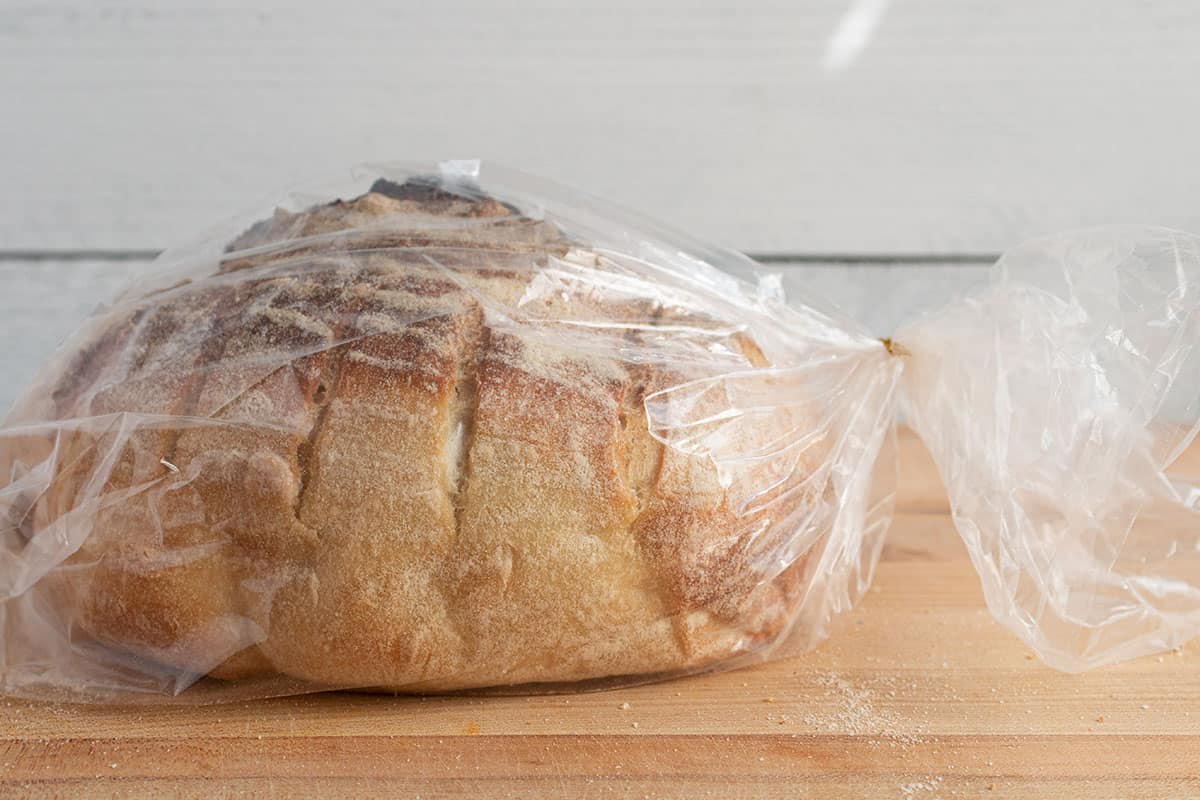
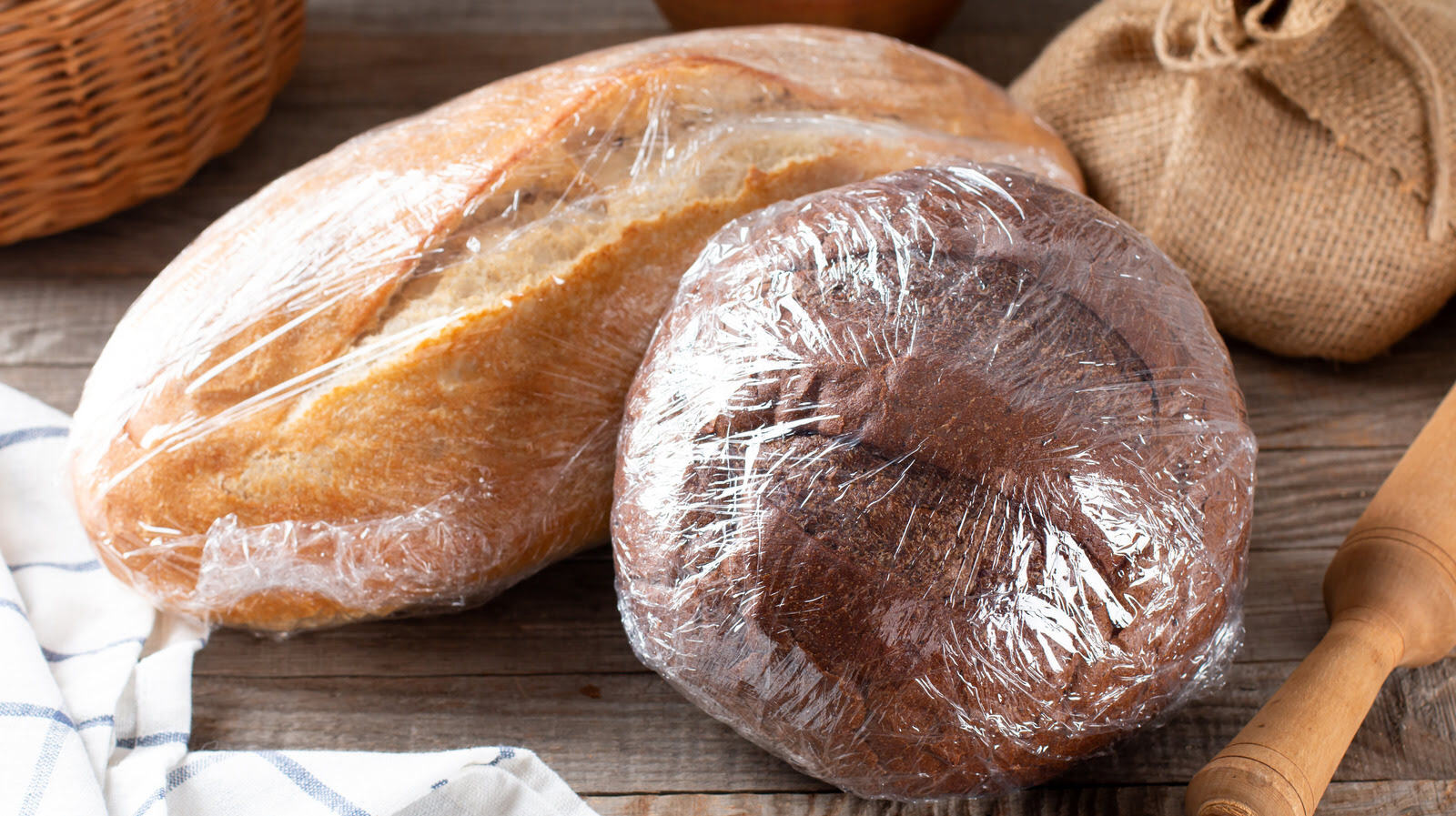
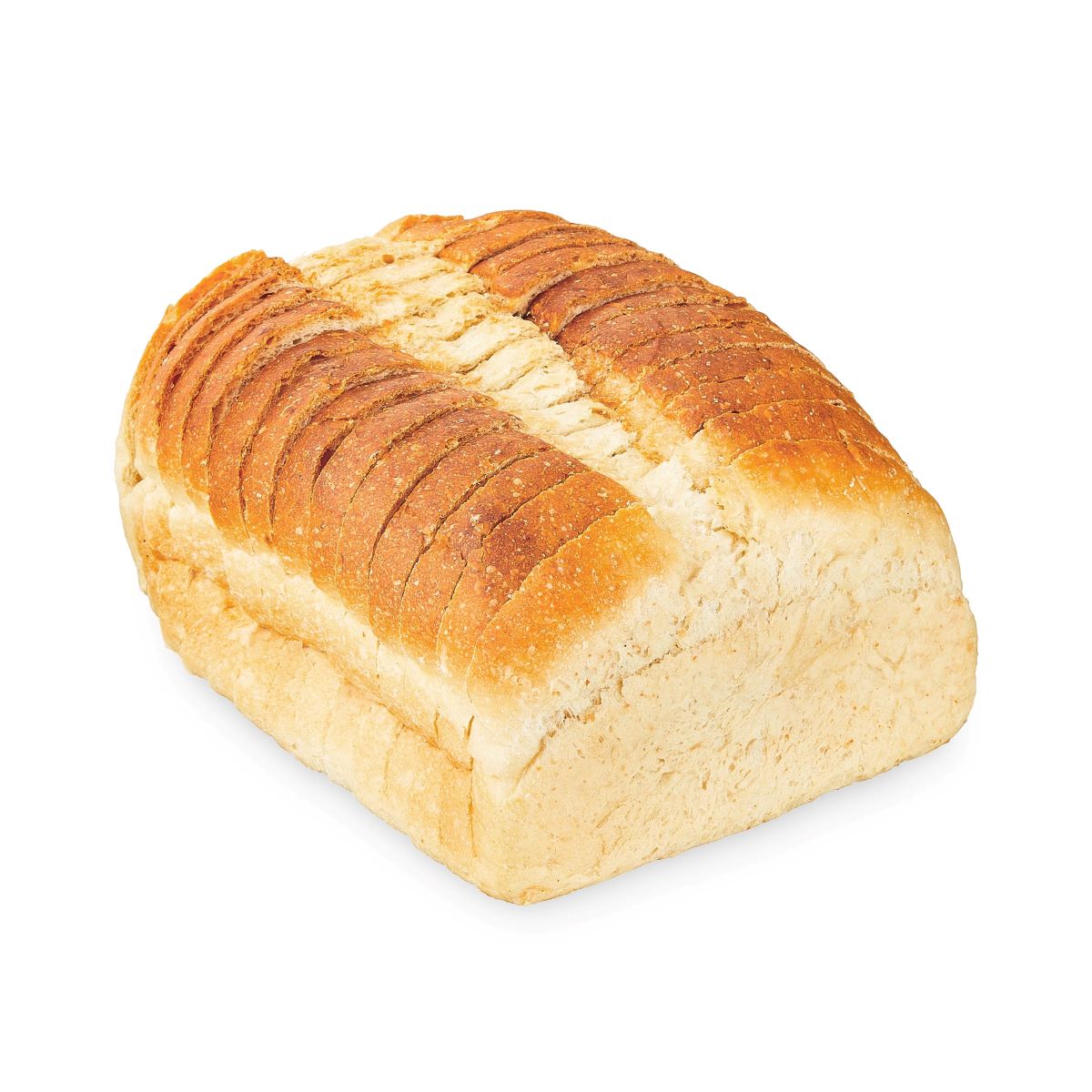
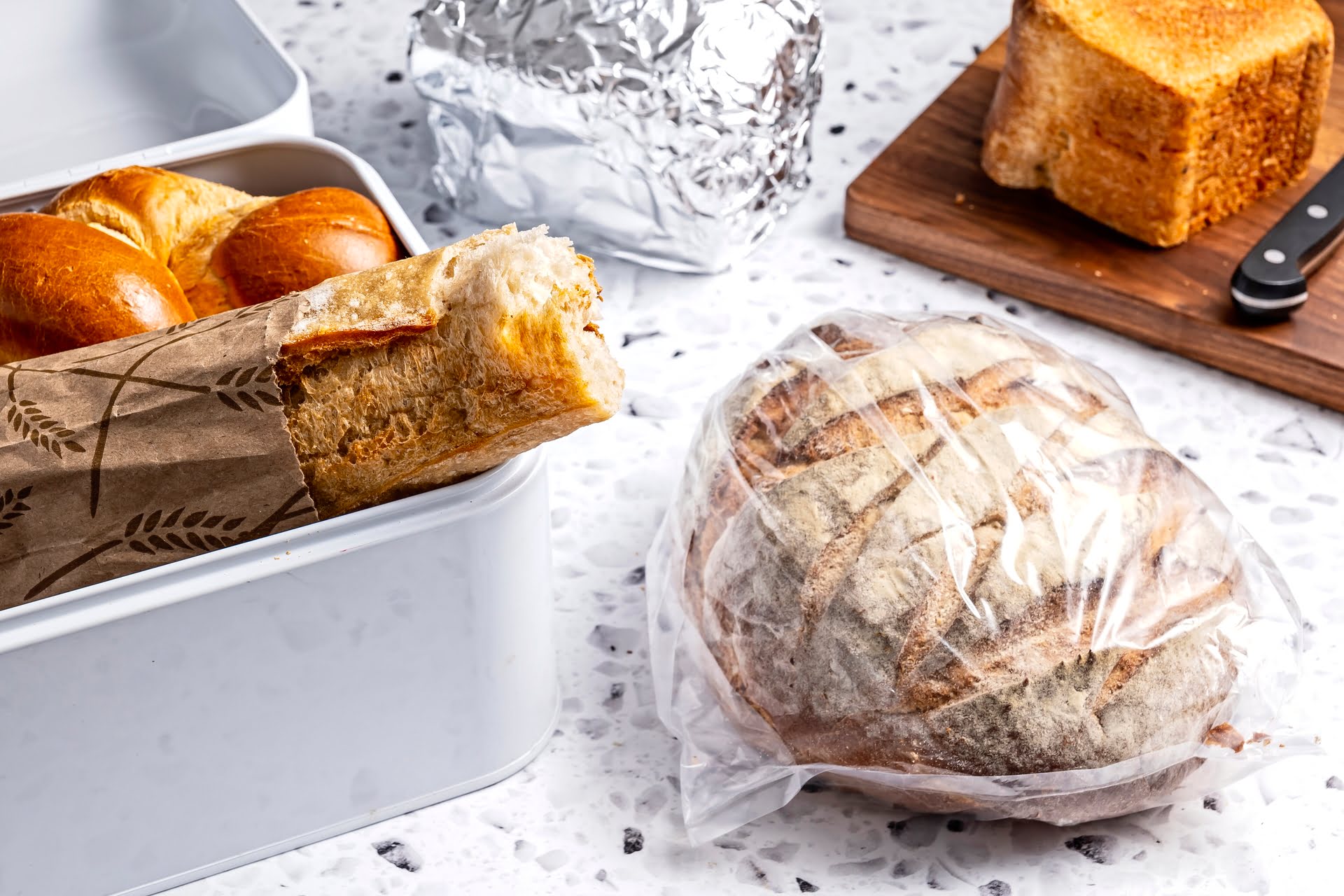
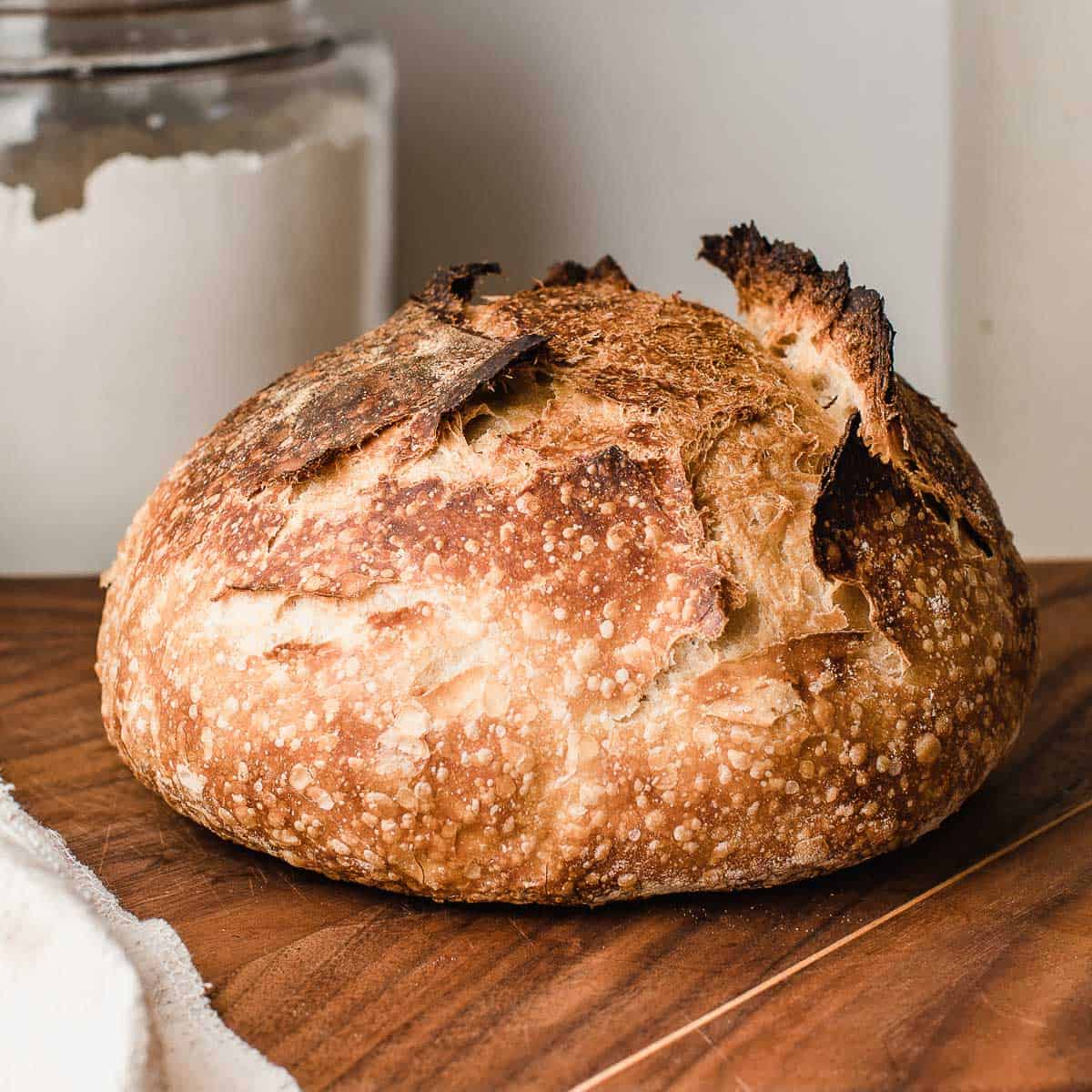
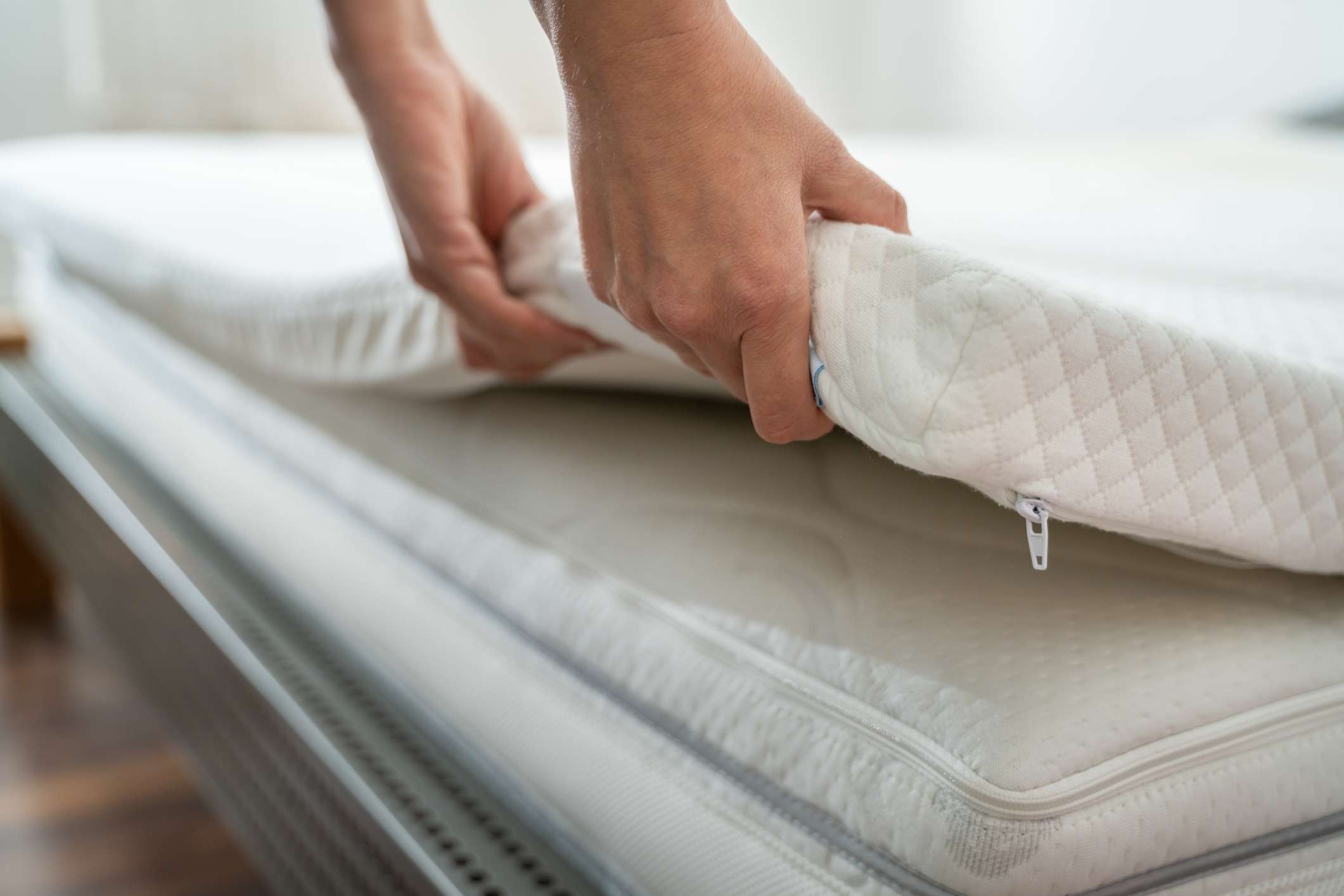
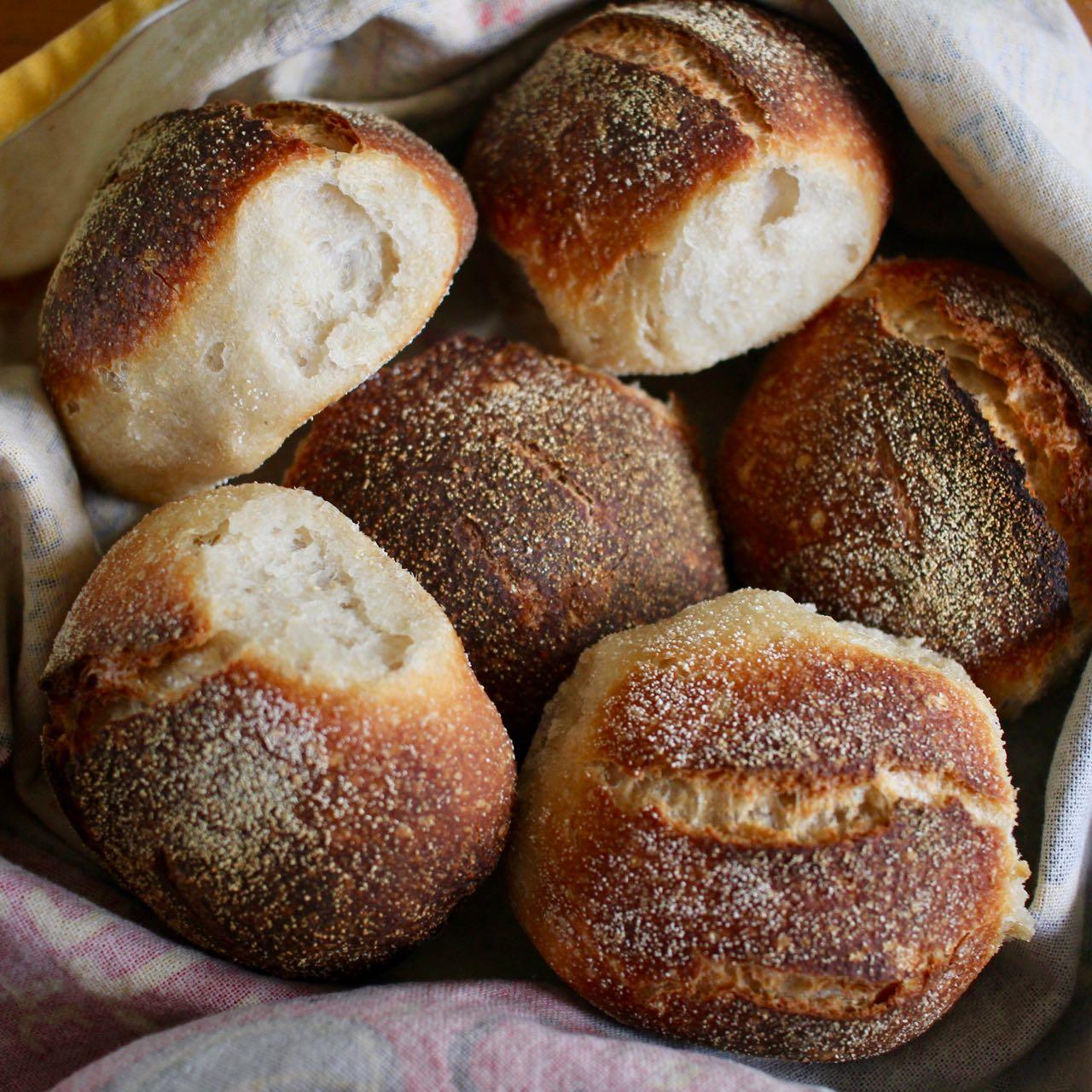

0 thoughts on “How To Store Discarded Sourdough Starter”